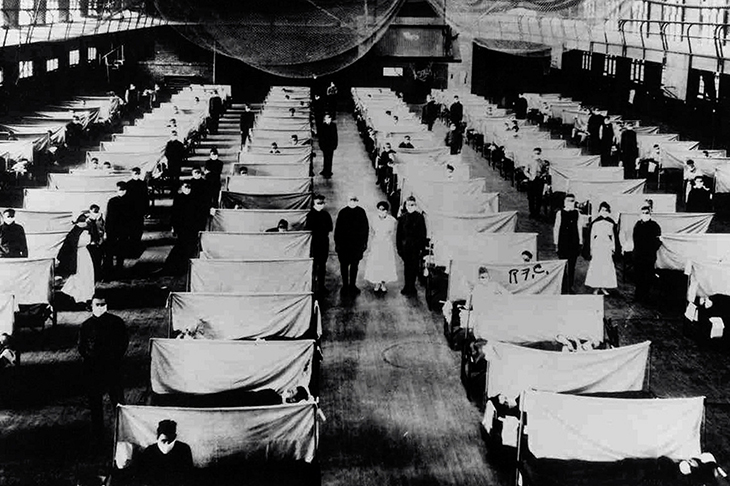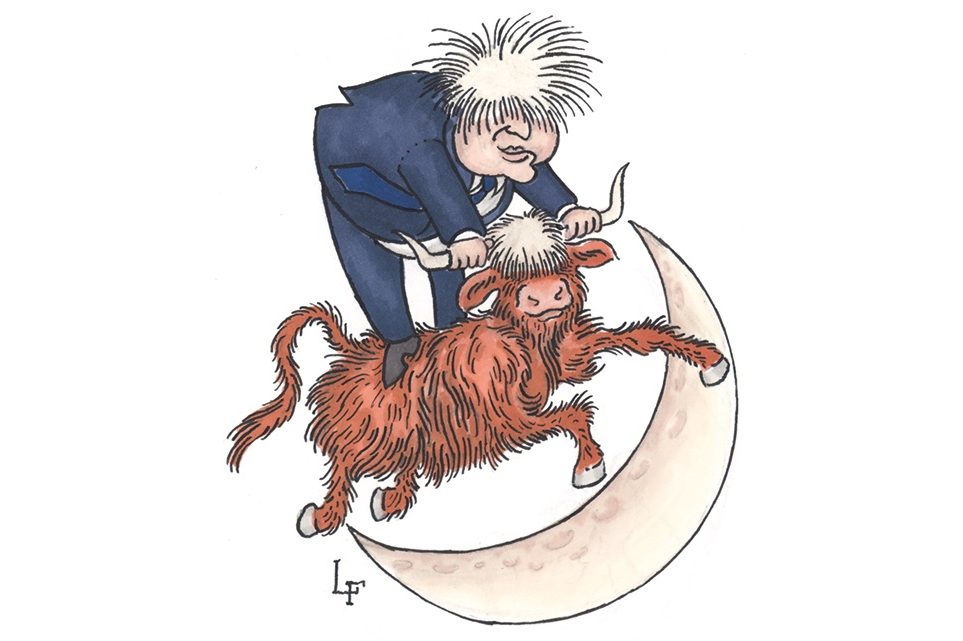Do you remember the swine flu panic a decade ago? Jeremy Brown, the author of this book, describes it here. In March 2009, 60 people died in Mexico. The cause: a flu-type virus. The Mexican government ‘closed schools, banned public gatherings, and ordered troops to hand out face masks at subway stations’. This flu crossed the border into the United States. The media monitored the outbreak with grim enthusiasm. Soon, people in 74 countries were infected. The WHO ‘declared it a pandemic’.
Or perhaps you don’t remember the swine flu panic of 2009. Not many people do. The main reason I do is that I met an epidemiologist on a train in March of that year; he was having the most intense week of his life. People really thought this swine flu virus, a variant of the H1N1 strain, with components from pig flu, bird flu and human flu, might be the big one. It wasn’t. It infected around a million people. Not many died. Just like ordinary flu, in fact.
I’ve read a few books recently on the subject of epidemics and viral outbreaks; two of the best are Spillover, by the maestro of science writing David Quammen, and Pale Rider, by Laura Spinney, about the 1918 flu pandemic, which really was the big one: somewhere between 50 and 100 million people died.
I’m happy to add Dr Brown’s book to this collection. He is, by the way, director of emergency care research at the US National Institutes of Health. Like Spinney and Quammen, he explains what a virus is, and how it works. He interviews Jeff Taubenberger, also of the NIH, and possibly the world’s top influenza specialist. He also tells us about the fascinatingly gruesome research conducted on the 1918 virus. The only way to get hold of samples, he explains, is to find samples of victims. But they obviously don’t exist. Unless, of course, their bodies have been frozen. Luckily for the researchers, the virus spread as far as a tiny island somewhere near Greenland. I’ll come to that in a minute.
How does a virus work? For a start, it’s not exactly a living creature. It’s a sort of tiny robot predator. A ‘box of chemicals’. Or: ‘An envelope containing a bundle of genes that exist only to make copies of themselves.’ In other words, it’s more like a set of data than a plant or an animal. So it can’t do anything unless it invades a plant or an animal. Viruses invade individual cells. ‘Their singular purpose is to hijack a cell and use it as a copying machine.’ Soon, the copies will be flying through the air as the invaded creature coughs or sneezes them out.
So a virus is a terrorist of sorts. Like so many other entities, its cause is to make copies of itself and evolve. If it had the capacity for desire, it wouldn’t want to kill its host. Ideally, it wants to exist in harmony with it. But you can’t go around invading people and making them cough and sneeze without at least some collateral damage. Imagine the 1918 pandemic from the virus’ point of view. Its newly colonized homes were collapsing and putrefying; it needed to escape, and fast. Eventually, like everything dedicated to growth, it inevitably failed.
In 1951, a German scientist called Johann Hultin, on the trail of the 1918 virus, started digging up bodies in Alaska. He would arrive in tiny villages, one man with a pickaxe, and start excavating the permafrost. Imagine that. He found the body of a young girl. Soon, he was joined by colleagues. They found three more bodies. They cut small cubes of tissue from the lungs. They went back home and tried to infect animals by injecting them with bits of lung tissue. No luck.
Later, a scientist from Toronto called Kirsty Duncan discovered that seven miners had died of flu in 1918 on the island of Longyearbyen, somewhere between Norway and Greenland. Duncan dug. She found the bodies. They had been wrapped in newspaper. Hultin, now an old man, went back to Alaska. He found the body of an obese woman. ‘Her body fat had insulated her organs when the permafrost occasionally thawed.’ For some reason, the 1918 strain preyed on young adults much more than you’d expect.
Why was that strain so virulent? Brown gives us four reasons. It contained a protein that cut signals to the immune system. In some cases, ‘it triggered an over-active immune response’, so that people were killed by their own bodies’ friendly fire. Plus it acted as a gateway to bacterial infections — streptococcus and staphylococcus. And then there were the unique conditions of 1918 — soldiers crossing the globe, and then huddling together in trenches.
Will it happen again? Possibly. Are we prepared? Partly. But only partly. We know about viruses. We can knock out the secondary infections — the strep and the staph — with antibiotics. But we don’t have a proper vaccine. We have antiviral drugs, but they don’t always work. And we still don’t understand why, beyond the soldiers in the trenches, the 1918 strain killed so many young adults. As the world expert Jeff Taubenberger says: ‘I’ve been thinking heavily about the flu for 20 years, and I know nothing.’
This article was originally published in The Spectator magazine.

























